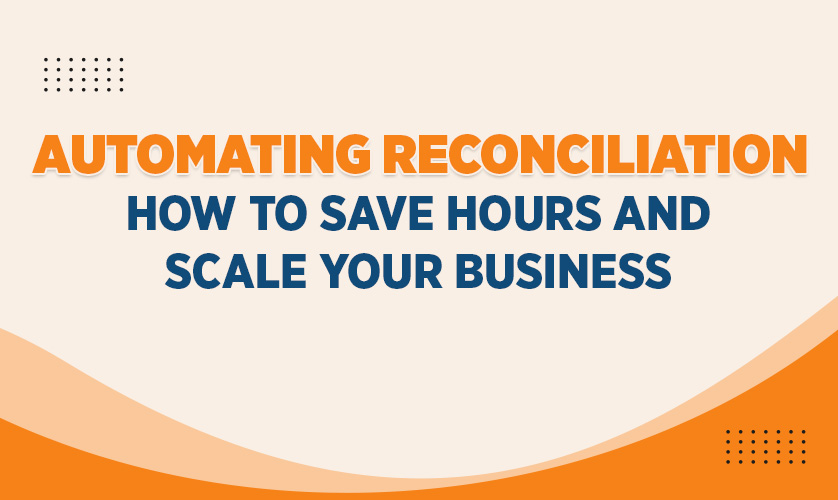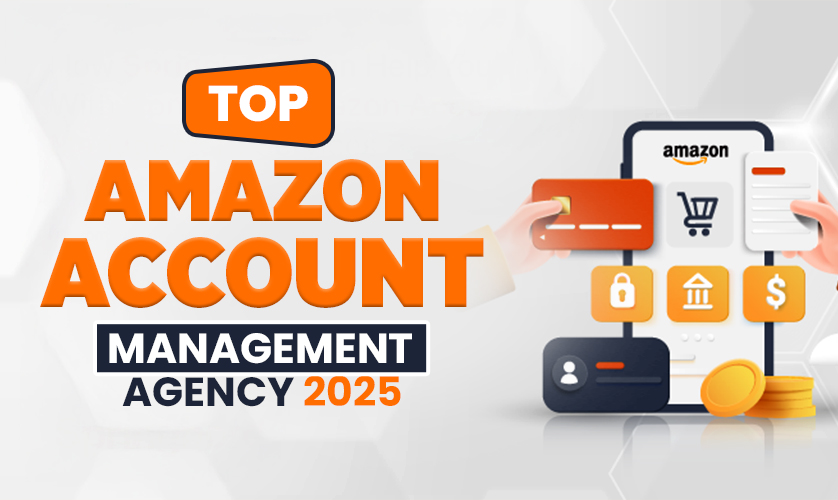As your eCommerce brand grows, managing finances becomes more complex — especially when it comes to FBA account reconciliation. Many fast-growing brands struggle to keep up with reconciling thousands of transactions, refunds, and inventory adjustments manually. The result? Lost hours, higher error rates, and delayed insights that can affect profitability.
Why Manual Reconciliation Slows Down Fast-Growing Brands
Manual reconciliation may work in the early stages, but as order volume increases, spreadsheets and manual checks become unmanageable.
Some of the most common challenges include:
Human error: A single missed transaction or duplicate entry can distort financial reports.
Time drain: Reconciling multiple reports from Amazon, payment gateways, and banks can take hours each week.
Delayed decisions: Without up-to-date reconciliation, financial visibility lags, slowing down your ability to respond to trends or issues.
When scaling your business, manual reconciliation simply can’t keep up with the speed of growth.
The Benefits of Automated Reconciliation Systems
Automated reconciliation solutions — especially FBA reconciliation tools — transform how finance teams operate. Here’s how automation changes the game:
Speed: Instantly match transactions across accounts and platforms.
Accuracy: Algorithms detect mismatches, duplicates, and exceptions with near-zero error.
Scalability: Handle thousands of transactions seamlessly, no matter how fast your brand grows.
Transparency: Gain real-time insights into inventory adjustments, lost shipments, and reimbursements.
Step-by-Step Setup: From Report Syncing to Exception Handling
Getting started with FBA Reconciliation Service or any automation platform is easier than you might think:
Sync your reports – Connect your Amazon Seller Central or FBA account with your accounting system or reconciliation tool.
Define matching rules – Set parameters for matching transactions (by order ID, amount, or SKU).
Automate reconciliation runs – Schedule automatic syncs daily or weekly to keep books updated.
Review exceptions – The system flags any discrepancies for manual review.
Generate reports – Export audit-ready reconciliation reports for accounting and compliance.
Once this workflow is in place, what used to take hours can now be completed in minutes.
Tools and Software That Make the Process Simple
Several platforms specialize in automating FBA account reconciliation, offering seamless integrations with eCommerce, payment, and accounting systems. Look for tools that provide:
Amazon FBA data integration
Multi-channel support (Shopify, Walmart, etc.)
AI-based matching and anomaly detection
Custom report automation
Popular solutions include A2X, Webgility, and specialized FBA Reconciliation Services that handle setup and monitoring for you.
How Automation Improves Accuracy and Saves Operational Cost
Beyond time savings, automation drastically reduces reconciliation errors, ensuring your books are audit-ready at any moment.
Fewer discrepancies: Automated matching minimizes human mistakes.
Reduced labor costs: Eliminate hours of manual work every month.
Improved cash flow management: Quickly identify lost inventory or missed reimbursements.
Better decision-making: Real-time visibility empowers faster, data-driven decisions.
Scale Smarter, Not Harder
As your brand grows, the smartest move is to embrace automation early. Investing in an FBA Reconciliation Service ensures you stay accurate, compliant, and scalable — without wasting precious time on manual reconciliation.
Ready to save hours and scale with confidence?
👉 Scale smarter, not harder.




